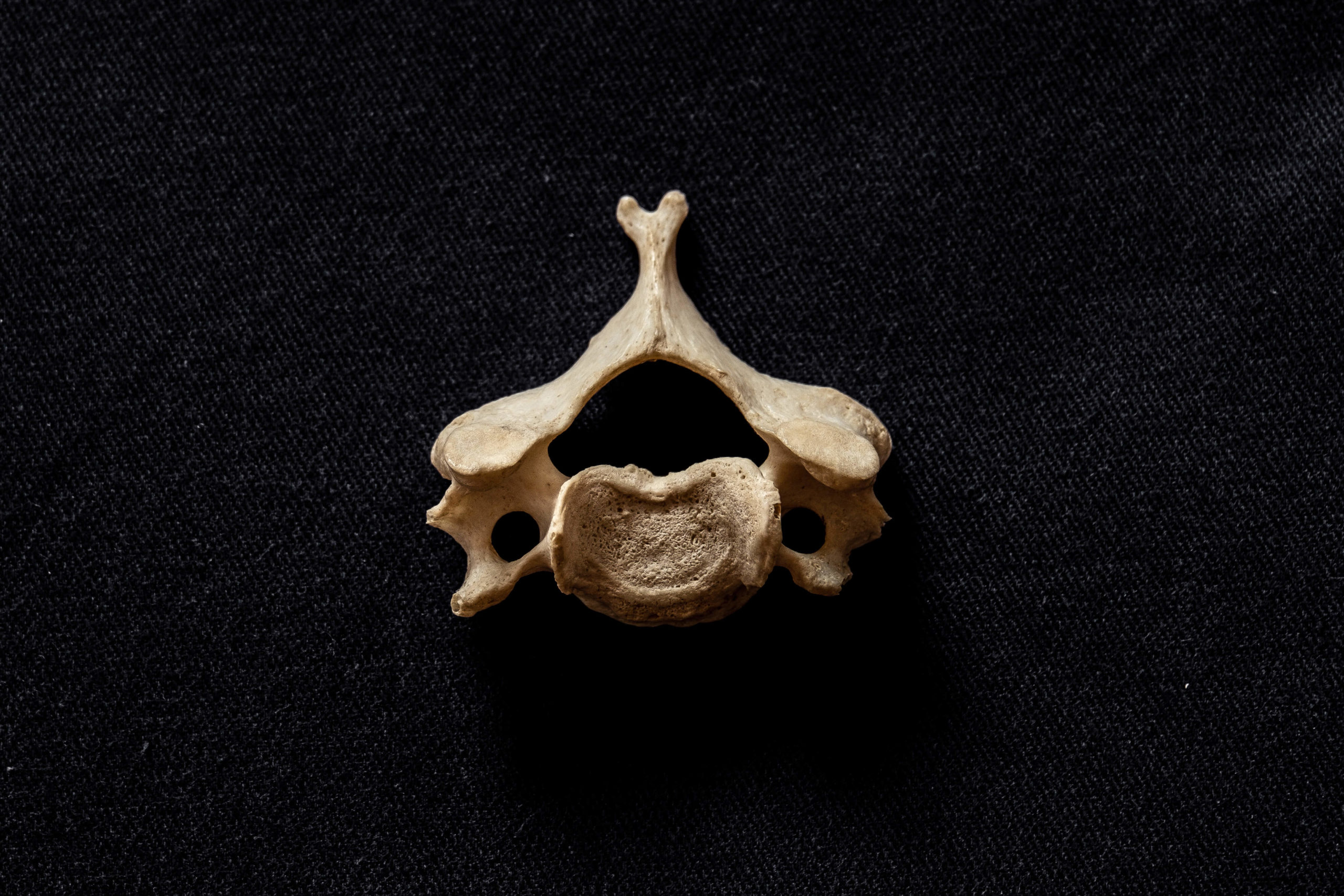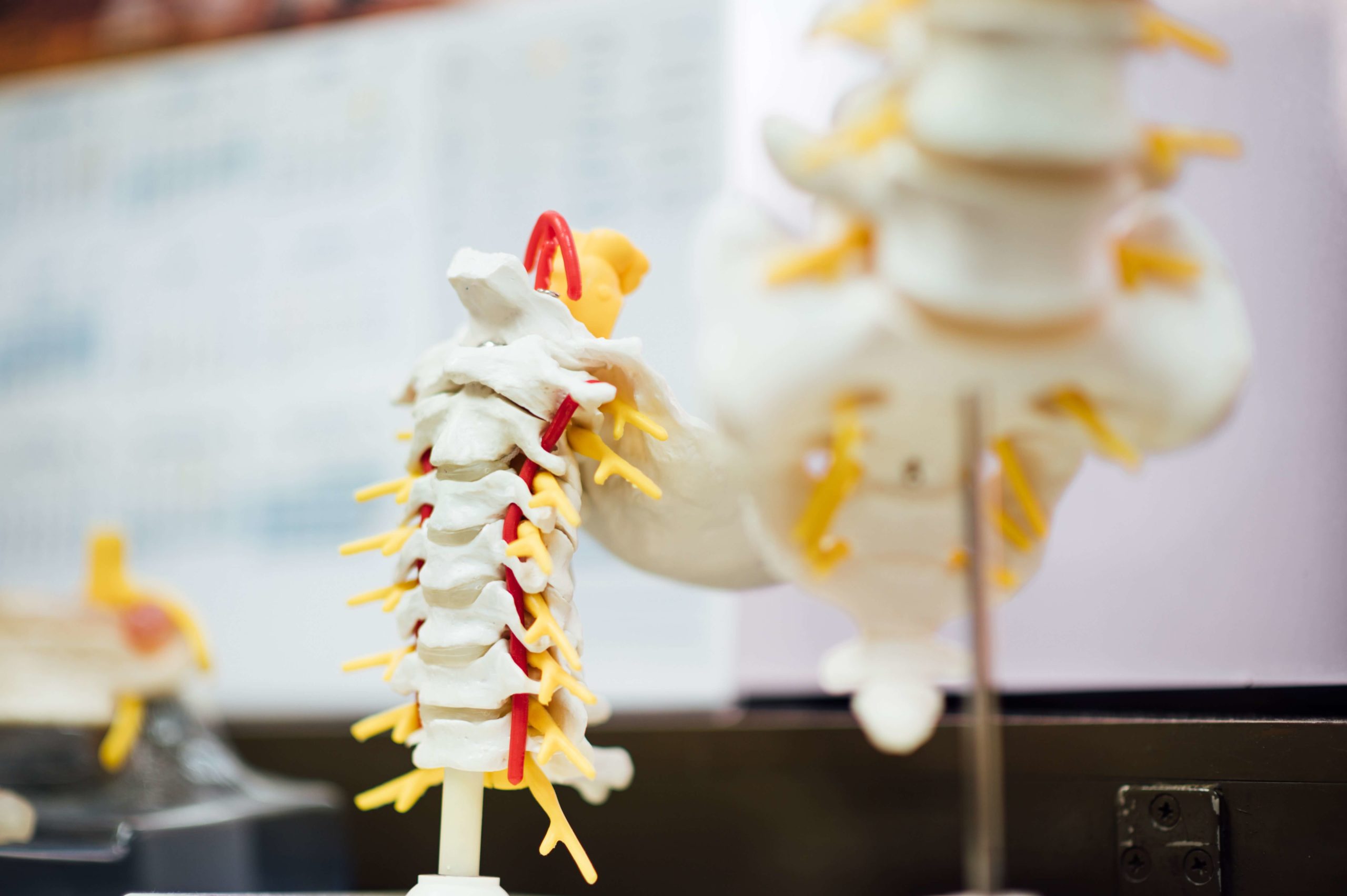
May 20, 2022 | Glossary
The Musculoskeletal System: A Glossary
The musculoskeletal system is made up of bones, cartilage, ligaments, tendons, and connective tissue...
Mon - Fri: 8:00 a.m. to 5:00 p.m
Nov 29, 2021 | Conditions

Sciatica is an unfortunately common condition among US adults, and a person’s risk of developing this condition increases with age. Many people have lived with sciatic nerve root issues for years and have given up hope of ever finding relief from their pain. However, Biscup Spine has great news: with the right minimally invasive treatment, you can finally get relief from debilitating sciatica pain with a less difficult procedure and faster recovery time!
Keep reading to learn all about the benefits of minimally invasive surgery for sciatic nerve root issues and the procedures Dr. Biscup provides at our Naples and Palm Beach, Florida, offices.
Sciatica is a condition in which pain is felt along the path of the sciatic nerve. This nerve branches from your lower back through your hips and buttocks and down the back of each leg. This is the path that sciatica pain follows, though it typically only affects one side of the body.
Sciatica pain varies from patient to patient, and some feel a very mild ache while others feel a sharp burning sensation and excruciating or debilitating pain. The pain caused by this condition is often described as a jolt or electric shock. It may worsen when you sneeze or cough, or even by prolonged sitting. It’s common to experience numbness, tingling, or muscle weakness in the affected leg or foot. It may even be felt as pain in one part of the leg and numbness in another part. Unfortunately, left untreated, sciatica may cause permanent nerve damage.
There can be a variety of causes for sciatica pain, but it’s most commonly caused when a herniated disc, bone spur on the spine, or spinal stenosis (narrowing of the spine) compress the sciatic nerve root. This compression causes inflammation of the nerve, which can lead to pain and numbness in the affected leg.
The most common candidates for surgery are people for whom sciatica causes leg weakness or bowel or bladder issues.
Clinical studies comparing surgical and nonsurgical treatments for sciatic nerve root issues show that patients who undergo surgical treatment experience greater relief of symptoms and improved function. Although all three types of surgical approaches reviewed in the study resulted in a significant decrease in preoperative radicular pain and lower back pain, laminectomy achieved the best outcome of the three methods. However, it’s important to note that the type of surgery and the root cause of sciatica play an important role in whether or not patients will experience relief after surgery.
This is why Dr. Biscup places great importance on patient consultations, which allow him to become familiar with each patient’s unique condition and the cause. After this, Dr. Biscup can determine the most effective and least invasive treatment for every patient. The following are some surgical procedures provided by Dr. Biscup.
Laminectomy creates space in the spine by removing the back part of the vertebra that covers the spinal canal, known as the lamina. This relieves pressure on the spinal cord or sciatic nerve root by enlarging the spinal. This is also known as decompression.
Microdiscectomy is a procedure used to fix a spinal disc in the lower back. Because it’s minimally invasive, it uses smaller incisions than open lumbar discectomy.
How does it work? The spinal column is made up of multiple bones called the vertebrae. The spinal cord runs through this column and the vertebrae protect it from injury. The spinal discs sit between each vertebra to provide shock absorption and support. Large nerve roots, such as the sciatic nerve root, branch out from the spinal cord through small holes in the bones known as the foramen. If the outer wall of a spinal disc dries out or weakens due to age, injury, or some other issue, the inner part of the disc may bulge out. This is what’s known as a herniated or bulging disc and it may press on the spinal cord or on a nerve root, leading to pain, tingling, or weakness in a nearby part of the body. If the affected nerve root is the sciatic nerve, this will cause sciatica.
In lumbar microdiscectomy, part of the damaged disc is removed, easing pressure on the spinal cord. Typically, this is performed as an outpatient procedure that won’t require overnight hospitalization. In addition to this, its minimally invasive nature does not require the removal of bone or muscle.
In this procedure, overgrowth of bone or ligament causing compression is removed. This increases the space surrounding the spinal cord and ensures that the spinal fluid surrounding the spinal cord will have room to flow normally. By relieving this pressure, the nerves are given more room and are able to heal as inflammation decreases. However, unlike a laminectomy, laminotomy removes only a portion of the lamina, usually carving a hole just large enough to relieve pressure in an affected area. This is typically used to relieve pressure caused by spinal stenosis, which is a narrowing of the spinal canal. Spinal stenosis can affect the sciatic nerve, so treating it can relieve these symptoms.
This procedure is ideal for patients suffering from spinal stenosis. Because it is minimally invasive, the risk of infection is minimized and patients have a quicker recovery time. Like microdecompression laminaplasty, micro-endoscopic decompression involves re-shaping the back of the spine to relieve pressure on the spinal nerves and remove any abnormal tissue or bone.
As implied by the procedure’s name, microendoscopic decompression requires the use of an endoscope. This produces a two-dimensional image that allows the surgeon to have a visual as the procedure is performed.
This procedure is a minimally invasive procedure that replaces the need for a laminectomy, which is a much more complex, open procedure that places a greater toll on the body. This procedure doesn’t require cutting or detaching spinal muscles, making it much easier on the body and allowing for a faster recovery. This procedure can also be performed under local or spinal anesthesia, which makes it safe for older patients or patients with other medical issues.
It should be noted that microdecompression laminaplasty is an invaluable treatment for lower back pain but it is not typically offered by physicians or hospitals. This is due to the technically demanding nature of the procedure. Other factors contributing to this include the fact that there are very few training centers available to teach surgeons the techniques required in this procedure. As a result of this, many surgeons don’t have the training or skills necessary to successfully perform the procedure. Dr. Biscup is one of the few surgeons with the skills and experience required to perform this advanced procedure.
In some cases, a patient’s spine may narrow as a result of a back deformity. This exerts pressure on nerve roots, potentially leading to the onset of sciatica symptoms. Transforaminal microdecompression is a safe and minimally invasive procedure used to treat severe cases of spine narrowing. This procedure requires only a 1-inch incision, reducing the risk of complications and allowing for a faster recovery time.
Minimally invasive treatment for sciatic nerve root issues has plenty of benefits and provides great outcomes for patients. Minimally invasive procedures also provide a much smoother and quicker recovery.
At Biscup Spine, we can help you determine which minimally invasive procedure will be most effective in treating your specific condition. Sciatica is a common problem, but every patient’s condition is unique. This is why we tailor treatment to you.
If you’re currently living with sciatica or lower back pain and are failing to get relief from your current treatment or have all but given up on finding relief, please don’t hesitate to call us at 1-800-533-7313 or contact us online today. Our goal is to deliver the best outcome possible for the relief of your back pain and we pride ourselves on our proven ability to do so. We look forward to partnering with you on your successful journey to better health!
Featured image provided by gpointstudio – www.freepik.com

The musculoskeletal system is made up of bones, cartilage, ligaments, tendons, and connective tissue...

Many of us don’t think twice about our spine, taking the flexibility and mobility it provides us w...

Improving your spine health starts with finding the doctor and practice that will provide you with a...
©2025 Biscup Spine. All Rights Reserved. | Privacy Policy | Support by ITCare